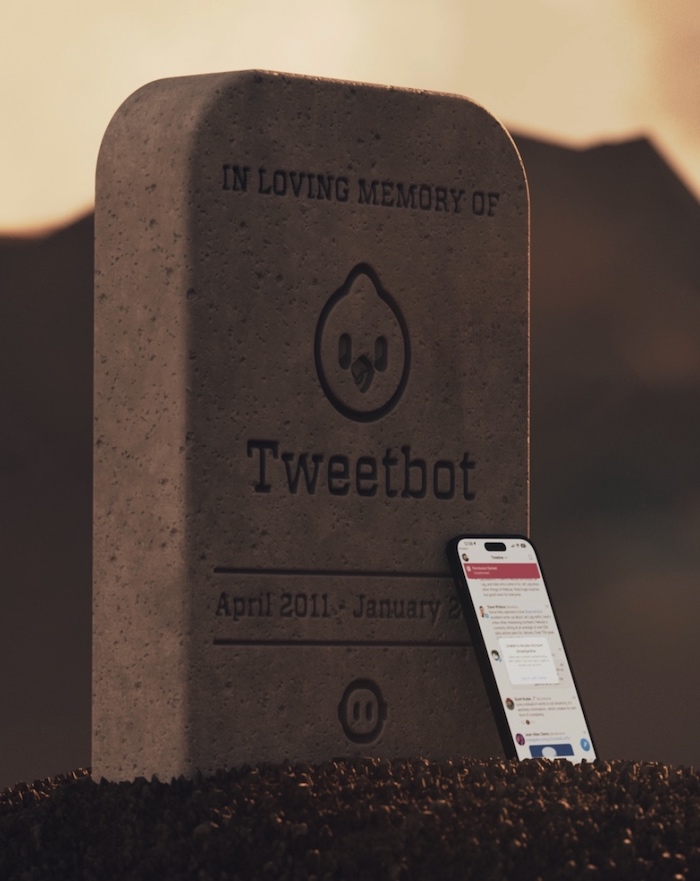Clients made Twitter what it is
Today it was finally made official that third-party Twitter clients are to be locked out of the system, rendering them useless unless they are rewritten to use other social media platforms, such as Mastodon (which I suspect one or two will; Tweetbot’s developers have announced a Mastodon client already). This comes about a week after they mysteriously stopped working; Twitter told everyone they were just enforcing their existing API rules, but today it was confirmed that the rules had been rewritten to state that apps which duplicate the functionality of the official Twitter apps were no longer allowed. This has caused widespread discontent, with the risk to a lot of livelihoods and a lot of users’ money wasted which they won’t get back. The clients include those aimed at visually impaired people, who currently have no reliable way of accessing Mastodon.
I’ve been a Twitter user since fairly early on (about 2008), and I didn’t start making good use of it until I discovered third-party clients. Back then, there was no official client and when Twitter introduced one, it wasn’t very good. In the late 2000s, the main ones were TwitterFox which ran within the Firefox web browser, subsequently acquired by Echofon which marketed a number of other clients under that name and others on various platforms, and Seesmic, an initially very good Android client which also had a desktop version. Others I used while still on Android included Tweetcaster, Plume and Tweetings; there were some also which showed initial promise but didn’t really live up to it. Then Twitter imposed user limits, so that once a client registered so many users, nobody else could use it. This led to some of the early developers, including Seesmic, dropping away from the market. A few years later, they also shut off access to notifications and stats, which were very useful as they allowed you to see what engagements your tweets had received, such as likes, retweets and replies. Until then I had been using TweetBot pretty much exclusively, but reluctantly I switched to the official app. TweetBot moved to a subscription model; I was unwilling to follow them.
Twitter has a user base, a community, a body of people to advertise to, because of these apps. Twitter encouraged this by making the API available, and by not developing their own client for several years after the platform opened. When they did develop their own clients, they were vastly inferior, often with features missing; sometimes apps were bought up by Twitter and then the features were stripped out (the versions of TweetDeck after Twitter bought it out are among the worst examples), then they moved on to another app with a completely different look and feel. It took years for either Twitter’s website or apps to duplicate a feature like the replies and notification columns or tabs that were standard on the third-party apps. Some of them had simple usability features such as colour coded or striped backgrounds for replies and retweets. Twitter never duplicated this in their own apps or their site.
Perhaps we couldn’t expect the app scene of 2010 to last forever; Twitter was new and no doubt had a lot of venture capital and someone would no doubt expect them to start making a profit sooner rather than later, and advertising was the obvious way. The paradox of a service like Twitter is that the best way to run the service for its own sake isn’t the best way to run it for profit. The apps served up the data, just the data, in the most humanly readable format they could. Twitter needed to get their advertisers’ material to the readers and the apps didn’t provide that opportunity. There have been, as I wrote before, other changes to the platform since 2011 which have been mostly negative, making it less flexible, less usable and not really any safer, and Elon Musk’s takeover has accelerated that trend rather than reversing it. But simply shutting off the clients shows enormous ingratitude to those who helped make Twitter what it is, and contempt for its users.



